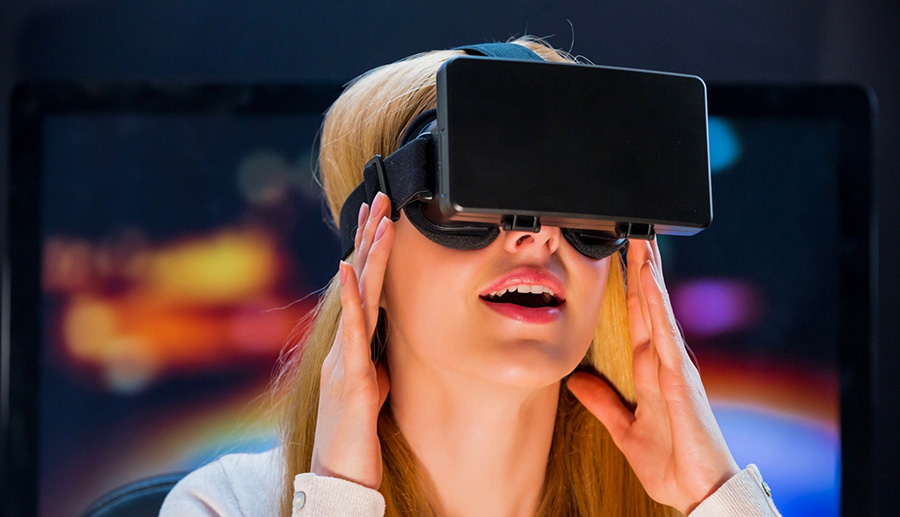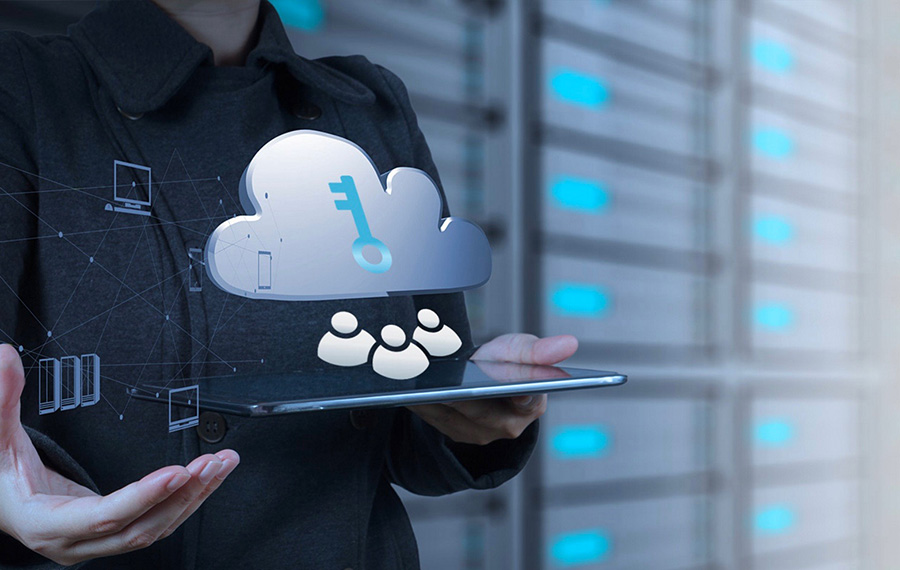2016–17 IT Trends for Business — What You Need to Know Today
Corporate IT budgets are on the rise as businesses note customer acquisition opportunity, operational efficiency, and security concern among motivations to increase their spend. The world’s leading information technology research and advisory company Gartner Inc. forecasts a global $3.54 trillion dollar expenditure on IT this year.
Nagging question for IT Directors and CIOs alike: What do I invest in today, to keep our IT workplace leading edge tomorrow? Deeper question: How do we establish an IT Governance and structured value system that visions out long-term technology adoption? In an effort to prepare your organization for what’s to come, we polled our own MAKE IT team for their top picks of IT trends to watch for in 2017 (and beyond).
5 Trends in Information Technology that your Business Strategy Needs to Adopt
1. Corporate mLearning
Mobile learning, or mLearning, in the corporate environment is on the rise. As an extension of eLearning, the concept takes an organizational learning experience and adapts it to the corporate culture of today. With many employees integrating the use of their own mobile device in their profession software is being developed that allows them to take their work (or training materials, in this instance) on the road with them.
mLearning is a form of flexible training for your hierarchy that expands beyond on-the-job training. It integrates an individually-paced methodology across multiple contexts and delivers “bite-sized” micro-learning lessons that are available on-demand, by the user. FORBES reports an improvement in adoption, knowledge retention, and employee engagement as a result of mLearning. It is not just the provision of staff training materials on a mobile device. The concept expands beyond the consumption and completion of a training session. It’s “real time”, which means that it can be used to communicate new information to your employees on the fly. In a world where 70% of businesses state that the speed of tech is outpacing training, mLearning is becoming a necessity.
What sort of companies will benefit most from mLearning in 2017? If your organization outsources human resources from a geographic location in a different time zone the concept makes perfect sense. Corporate cultures with flexible schedules that allow staff to work remotely or outside of the cubicle environment will also benefit from mobile training. With 50% of the workforce employed in a corporate environment conducive to remote work this trend is here to stay. Simply put, if you want to prepare your employees for the future, you will want to develop their knowledge and skills on a software platform of the future.
2. Internet of Things Adoption

The internet of things (IoT) references the ever-expanding network of physical objects that carry an IP address and the wireless communication that occurs between them and other internet-enabled systems and devices. IoT is everywhere. From smart homes and smart cars to wearable fitness and mobile entertainment your consumer base is online and connected more than ever before. YAHOO Finance reports that stock market observers consider IoT a booming space and CISCO predicts 50 billion connected things by 2020 while Intel expects that number to be much greater at 200 billion devices. IDC market research firm anticipates spending in the IoT platform to reach $1.7 trillion by 2020 (from approximately $700 billion now).
In 2017 your business must consider how it will capitalize on and fulfill the IoT demand coming from both B2B and B2C consumers. If your business is healthcare, you may consider the development of wearable health monitors. If your business is in the industrial energy sector, you may consider the development of smart-metering. Even retailers are jumping on board. For instance, a department store could outfit floor staff with wireless ePOS (electronic point-of-sale) devices so that they can engage and sell to the customer on the spot, without having to usher them to a cashier line (where you may lose them along the process).
3. AR/VR for Consumer and Corporate Use

Deloitte’s recently released annual Tech Trends report instructs CIO’s to consider the implications of advances in augmented (AR) and virtual reality (VR). What may have been a fun consumer attention grabber in 2015-16 will become an application to be used in both customer retention and workplace production. As an extension of both mLearning and IoT (noted above), AR and VR technologies may forever reshape B2B and B2C experiences.
From a consumer perspective, the benefits of AR and VR applications are clear. You can put your customer behind the wheel of a car, in operation of machinery, or transport them to a destination thousands of miles away within seconds. You provide them with as close to a true-to-ownership experience as possible without taking on the pre-sale cost and risk.
Internal organizational use may be less clear, but in the year ahead expect AR/VR to become a more common site on the corporate floor. Consider the following as an example of practical use of VR in the workplace. USA Today has reported that the NFL is working with Stanford University’s Virtual Human Interaction Lab to integrate virtual reality for workplace diversity training. Other businesses are using VR technology to foster employee health via virtual meditation breaks. In the longer run, look for VR to be used for conference calls. Technology such as Oculus Rift comes with sensors that pick up on and translate non-verbal communication (something you miss on a traditional conference call) which can make the difference during a major sales or project pitch.
4. Sophisticated Corporate Cyber-Security
The biggest cyber-attack threats to your business in the year ahead include the breach of mobile consumer payments systems, ransomware (corporate extortion), the cracking of cloud storage, IoT takeover, and hacktivism (view more on each here). Traditional cyber-security measures no longer cut it. Hackers have become so sophisticated that they are ahead of out-of-the-box systems. Your business must begin with an information security audit followed by a customized and comprehensive network security and disaster recovery plan. Learn more on sophisticated cyber-security consulting for your company.
5. Hybrid Cloud Adoption

A hybrid cloud incorporates on-premises, public cloud, and private cloud services. Optimally, it is the perfect orchestration between the platforms. Last year saw significant growth in hybrid cloud adoption, with the year ahead expected to include a new wave of SMBs following early adopters and “cloud natives”. A hybrid cloud makes sense for most businesses. The public cloud offers flexibility, scalability, and cost effectiveness. The private cloud provides customization and tighter security for sensitive data. For many organizations with a diverse set of data, a healthy mix of the two (together w/on-premises) is more practical than an either/or strategy. The current challenge, is that most CIOs are not able to marry the two because a strong “networking story” is not in place. Thus, in 2016-17 and beyond, businesses will need to bring in an IT consultant to provide a solid foundation that applies a collaborative approach to devise the appropriate mix of on-premise and public/private cloud support, backup, and security.
Selecting the right technology for you workplace can be a daunting task for even the most experienced technologist. We think that having a solid IT Governance in place is an excellent first step towards gaining control. If your organization is ready to leap ahead of the curve we encourage you to contact us and learn how we can integrate the future of information technology for your business.
